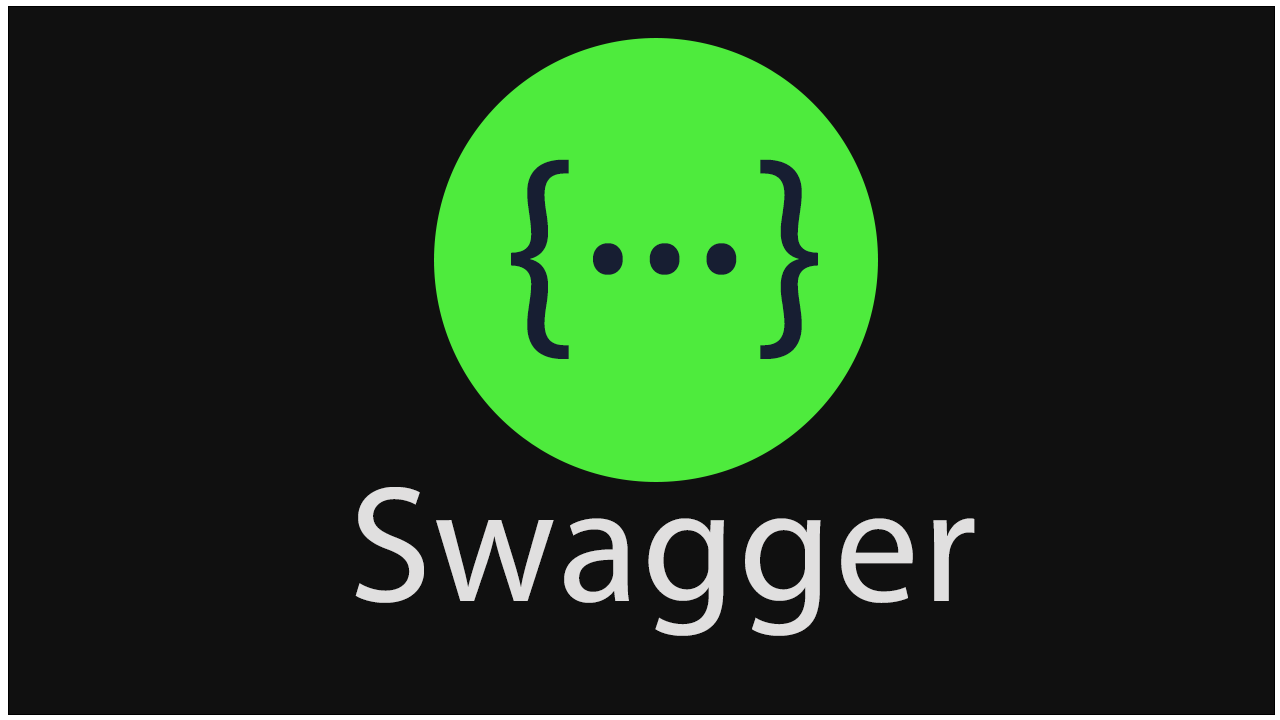Embracing Swagger
 Tushar Pamnani
Tushar Pamnani
After mastering Postman, I discovered Swagger (OpenAPI), and it completely changed how I approach API development. While Postman is great for testing, Swagger bridges the gap between documentation and testing – something I didn't know I needed until I had it.
Let me share a common scenario: You're working on a team project, and everyone has a different understanding of how the API should work. The documentation is outdated, and developers waste hours figuring out the correct request format. Sound familiar?
Swagger solves this by providing a single source of truth. Here's a simple example:
openapi: 3.0.0
info:
title: User API
version: 1.0.0
paths:
/users:
post:
summary: Create new user
requestBody:
required: true
content:
application/json:
schema:
type: object
properties:
email:
type: string
name:
type: string
What I love most about Swagger:
Interactive Documentation: Swagger UI lets you test endpoints directly from the docs. It's perfect for quick validation and sharing with stakeholders.
Code Generation: Generate client libraries in various languages. This saved me countless hours when working with frontend teams.
Request Validation: Define schemas once, use them everywhere.
Pro Tips from my experience:
Start with the API definition before coding. It helps catch design issues early.
Use examples in your documentation:
components: examples: user: value: email: "john@example.com" name: "John Doe"- Keep your Swagger definitions in version control alongside your code.
Common Pitfalls:
Don't write vague descriptions
Don't forget to document error responses
Don't skip schema validation
Subscribe to my newsletter
Read articles from Tushar Pamnani directly inside your inbox. Subscribe to the newsletter, and don't miss out.
Written by

Tushar Pamnani
Tushar Pamnani
I am a MERN stack developer and a blockchain developer from Nagpur. I serve as Management Lead at ML Nagpur Community and The CodeBreakers Club, RCOEM.